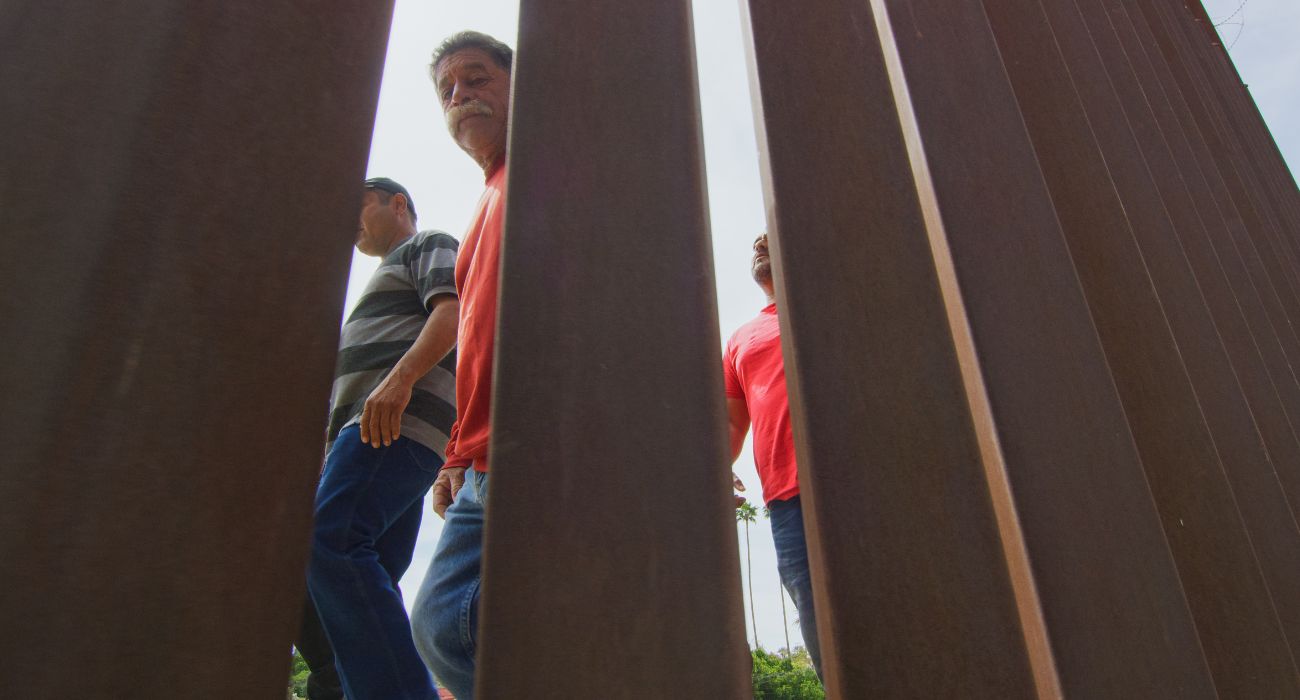The leaders of indigenous organizations and the government of Ecuador agreed on Thursday to stop the more than two weeks of protests against President Guillermo Lasso’s social and economic policies, which claimed at least eight lives.
On June 13, protests organized by the Confederation of Indigenous Nationalities of Ecuador (CONAIE) broke out all over Ecuador, with demonstrators calling for lower fuel costs and restrictions on the growth of the mining and oil industries.
The protests negatively impacted Ecuador’s primary source of income, the oil business, costing the nation $213 million.
“We have achieved the supreme value to which we all aspire: peace in our country,” President Lasso said.
As a condition of the agreement, the government agreed to reduce fuel prices again, this time by an additional 5 cents per gallon for the most popular fuels, including gasoline and diesel. The annual cost of the 15-cent price reduction on both fuels will be around $340 million.
By July 7, according to a company executive who spoke to Reuters, the agreement might end a declaration of force majeure affecting state-run Petroecuador’s exports of Oriente crude oil. Daily oil production had been reduced by more than half due to the demonstrations.
Following the removal of the protesters and a nine-day service suspension, the Ecuador energy ministry said that a power station was being restarted, marking yet another step toward restoring normalcy to the sector.
President Lasso’s acrimonious relationship with Ecuador’s national legislature deteriorated during the demonstrations. This week, he narrowly escaped a motion to have him removed by opposition lawmakers.
After Lasso terminated negotiations, the government and protest leaders resumed talks with the help of officials from the Catholic church.
According to the government, one soldier was killed during an attack on a convoy bringing fuel to Ecuador’s largest oil field, which also reported hundreds of injured security officers. Protesters complained of police aggression during the demonstrations.
According to Ecuador’s Energy Minister Xavier Vera, most of the oil wells that were shut down during the protests should be back in production within a month.
After more than 1,200 wells were closed, Ecuador’s pre-crisis oil production, which had been around 500,000 barrels per day (bpd), had decreased to 234,310 bpd as of Wednesday.






